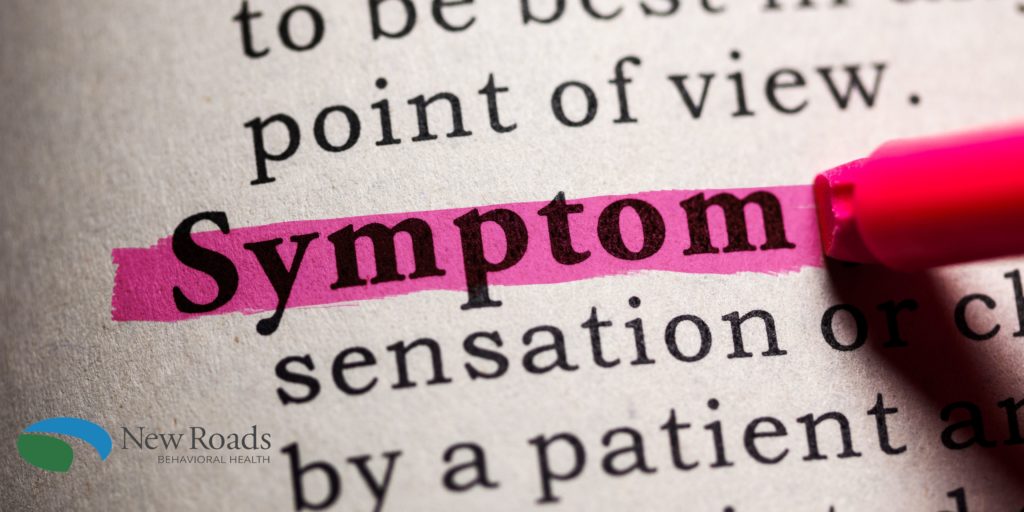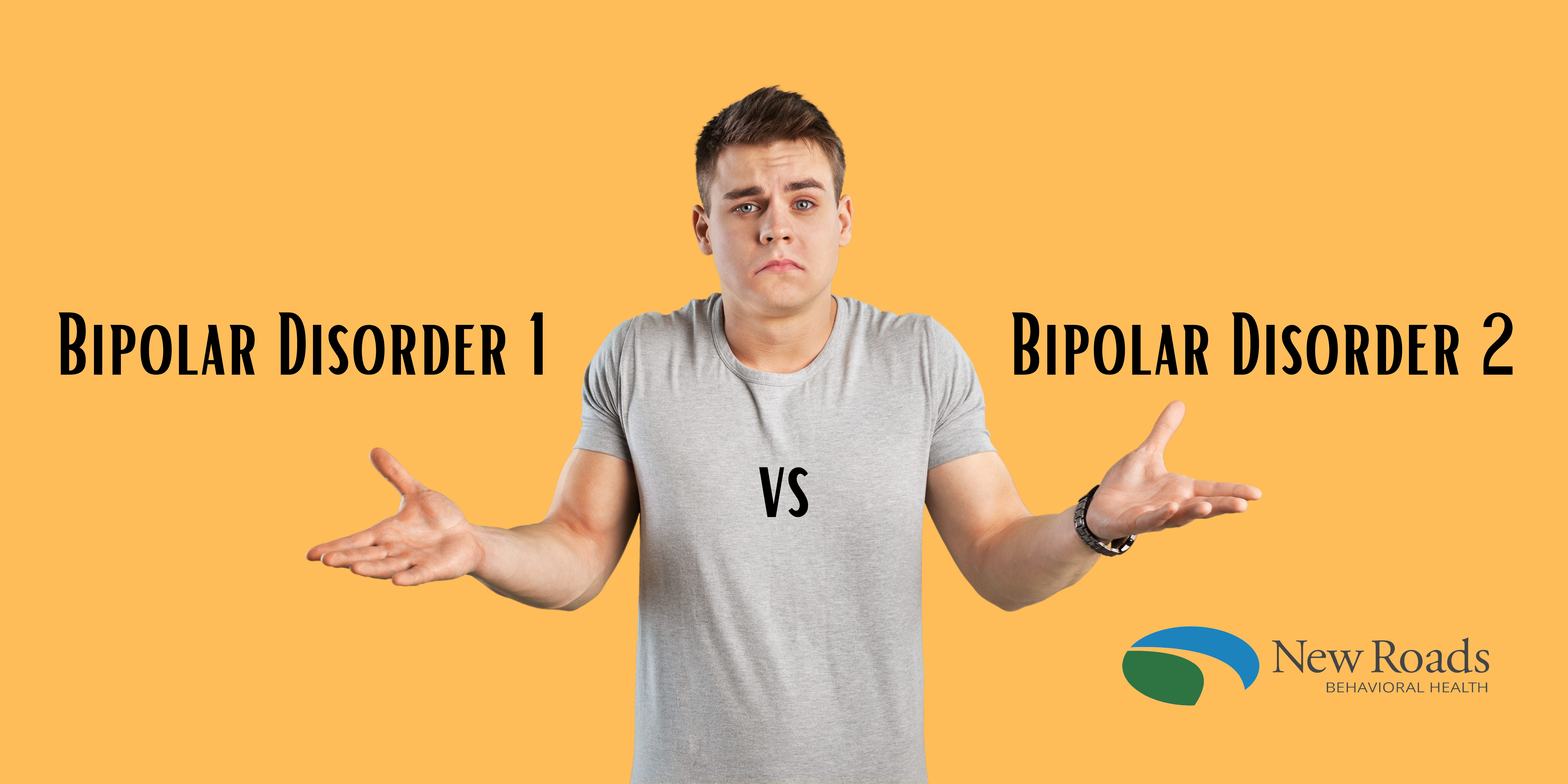Finding Bipolar Disorder treatment in SLC, Utah can be frustrating. However, we are here to help you learn more! Bipolar disorder, also sometimes called manic depression causes sudden shifts in a person’s mood which is unexplainable. An individual can be highly euphoric at some point in time but then can plunge into a deep depression phase, and the length of this episode can vary widely. The mood states that are subjected to change are called mood disorders, and they can be either manic, hypomanic or depressive. Bipolar disorder, including bipolar I disorder (BP-1) and bipolar II disorder (BP-2), is pervasive and are potentially disabling. According to research in the US, 2.8% of the population is diagnosed with bipolar disorder IQ, out of which nearly 83% are severe.
The presence of bipolar disorder can disrupt an individual’s social life due to quick mood swings. There are 3 types of bipolar disorder, including Bipolar 1, Bipolar 2 and Cyclothymic Disorder. All of them demonstrate apparent mood changes and levels of energy in different individuals. There are times when an individual is not experiencing symptoms specified in the list of 3 categories. If so is the case, the patient is referred to “other specified and unspecified bipolar disorders.”
If you are looking forward to bipolar disorder treatment in SLC, Utah, New Roads is the right place for you. When it comes to the diagnosis part, bipolar disorder can be diagnosed during late adolescence, early adulthood, or even children. Treatment for bipolar disorder is lifelong, followed by a prescribed treatment plan that can help a person to manage their symptoms and improve the quality of their life.
What Are The Symptoms Of Bipolar Disorder

Being at the state of depression is one of the most common symptom of bipolar disorder, but there are three main symptoms of bipolar disorder: mania, hypomania, and depression, out of which every individual experiences different symptoms.
- Full Manic Episode
An individual can feel extremely happy and active than usual. With this, they can also be easily irritable, talkative, needing less sleep, do risky jobs, have no appetite and show a poor level of judgement.
It is a distinct period where there is an increase in goal-directed activity that may last for a week or a few days. Episodes of mania can also be caused by medicines, drugs, or other personality disorders that are not part of the bipolar spectrum. When a person is going through a full manic episode, it is noticeable socially and can cause danger to themselves and others.
- Hypomania
The severity of hypomania is not fairly low, and unlike mania, hypomania does not act as a barrier in social interactions, but people still experience vivid mood changes. A hypomanic individual can sometimes feel nothing wrong with them, but people around them can quickly tell the sudden mood shifts. The hypomania episode generally lasts for a shorter period of time, but if the symptoms are left untreated, hypomania can be easily converted into mania.
- Depressive Episode
This episode can cause a noticeable impact on the day to day life of an individual where they can have symptoms. A person experiencing a depressive episode can display slowed behavior, lose energy, be suicidal, be inappropriately guilty, have unexplainable weight loss, and so forth.
Early intervention is exceptionally crucial for people demonstrating even mild symptoms, and an accurate diagnosis of bipolar disorder is essential for optimizing treatment outcomes.
Different Between Bipolar Disorder 1 and Bipolar Disorder 2
BP-I and BP-II are different from each other in terms of the severity of manic episodes. A person suffering from bipolar II disorder will experience a full manic episode, whereas people with bipolar II disorder experience a hypomanic episode. Let us have a clear understanding of BP-I and BP-II:
- Bipolar I Disorder: It is also called manic depression, where a person experiences abnormally high energy levels coupled with impulsive behaviors. People with BP-I also face episodes of depression, and they often display a cycling pattern between depression and mania.
The dysfunction suffered by the people can pose a considerable threat in their personal and professional lives. Besides, they constantly exhibit risky behaviour that can endanger people in their surroundings. The manic episode in bipolar I disorder can last from few hours to weeks. Depending on the severity of the episode, people are not able to think straight. It is widely seen that people with an immediate family member are at a higher risk of having bipolar disorder.
- Bipolar II Disorder: A person suffering from bipolar II disorder often fluctuate between the feeling of high and low. However, the sense of “up” never reaches an extreme potential, and the less intense elevated mood is called hypomanic episodes. Within bipolar II disorder, a person can jump from one idea to another, be highly self-confident, have loud speech and show increased energy.
People suffering from bipolar II disorder often take an interest in other people’s activities, but they can also have erratic behaviour. With hypomania, people experiencing a manic state lose the capacity to know if something is wrong with their behaviours.
There are two peaks of when bipolar disorder can begin, between 15 to 25 or 45-54. People with bipolar disorder can have a history of depression or bipolar disorder, or substance abuse disorder.
What Are The Causes Of Bipolar Disorder

The causes of bipolar disorder still remain unknown to doctors, but they have gathered a greater understanding of the bipolar spectrum with solid research. As much as bipolar disorder seems to run in families, there is a shred of growing evidence showing lifestyle and environmental factors affecting the severity of the disorder.
Let’s take a closer look at what are the factors that aggravate the symptoms of bipolar disorder:
- Role of Brain in Bipolar Disorder
According to the experts, the underlying cause of the bipolar disorder can be problems with specific brain circuits and the overall functioning of the brain chemicals called neurotransmitters. There are three brain chemicals, including norepinephrine, serotonin and dopamine, out of which the two norepinephrine and serotonin are responsible for psychiatric mood disorders.
- Genes In Bipolar Disorder
A very famous study called “the twin studies” revealed if there is a set of identical twins, it is extremely likely that if one individual had bipolar disorder, the other twin would have a larger chance of developing bipolar disorder. As per the research, the lifetime chance of identical twins having bipolar disorder is somewhere around 40 to 70%. In an interesting study, Stanford University explored that children with one biological parent suffering from bipolar disorder will likely get bipolar disorder.
- Environment and Lifestyle Factors
After the genetic link, research shows that people with bipolar disorder are surrounded by environmental factors, including individuals who tend to have mood swings or are subjected to substance abuse. The case widely varies from time to time, and, likely, environmental stressors can further worsen the intensity of the disorder.
- Bad Sleep Pattern
A poor sleep pattern can lead to episodes of mania in few patients, and further, if a patient starts getting worried about their sleeping habits, they are increasing their anxiety even more. Patients with bipolar disorder will eventually feel the need to sleep less and this sleep-wake cycle triggers the symptoms of depression and mania.
- Hormonal Factors, Age and Gender
It is estimated that bipolar disorder develops between the age of 15 to 25, and some people don’t develop the symptoms until they are in their 30s or 40s. Whether bipolar disorder develops in young children below the age of 6 still remains questionable.
When it comes to the gender, bipolar disorder II is more common in women than men, but the ratio of bipolar I remain constant in both the gender. In a study, experts observed that thyroid hormone impacts the functioning of adults to a great extent, and both depression and bipolar are associated with abnormal thyroid function.
- Substance and Bipolar Disorder
A few of the substances can trigger an individual and make them high enough that they start resembling manic symptoms. It can be drugs including cocaine, medicines for hormonal problems or caffeine at a significant amount.
How Is Bipolar 1 and Bipolar 2 Treated?
If you are looking for bipolar disorder treatment in SLC, Utah, New Roads Behavioral Health is the right destination. Treatments of bipolar disorder can be many, including:
- Psychotherapy: This can include CBT (Cognitive Behavioral Therapy) or be a family-focused therapy.
- Medications: One can receive mood stabilizers, (to a lesser extent) antidepressants, antipsychotic drugs.
- Self-management strategies: People educating themselves about the symptoms and recognizing the early signs to seek therapy.
- Complementary health approaches: Performing exercises like aerobics or meditation. Please note that this cannot in any way cannot replace the effects that bipolar disorder treatment can provide.
Bottom Line
An individual diagnosed with bipolar disorder right on time will be able to lead a fulfilling life. If you are looking for a bipolar disorder treatment in SLC, Utah, we at New Roads are here to help you with the best possible treatment plan depending on the severity of your disorder.
Suppose you are facing difficulty in falling asleep or managing sleep. In that case, you should contact a qualified disorder treatment clinic to know the exact problem and put a full stop to your problems with effective treatment.

